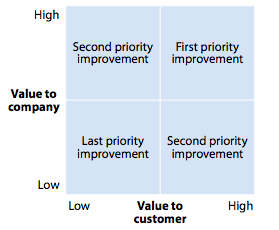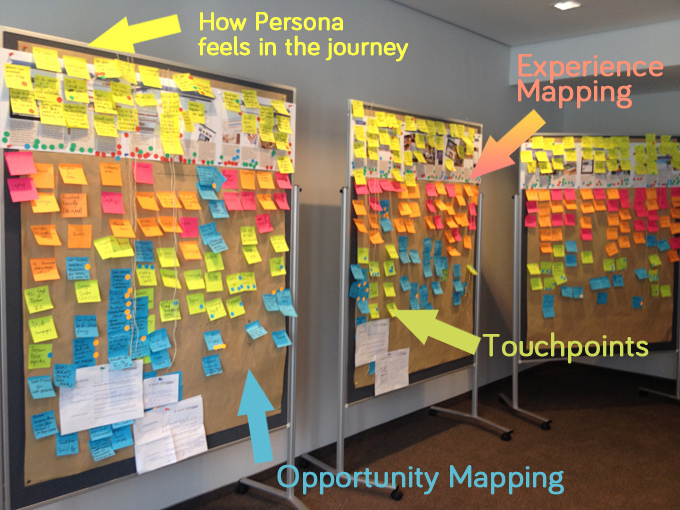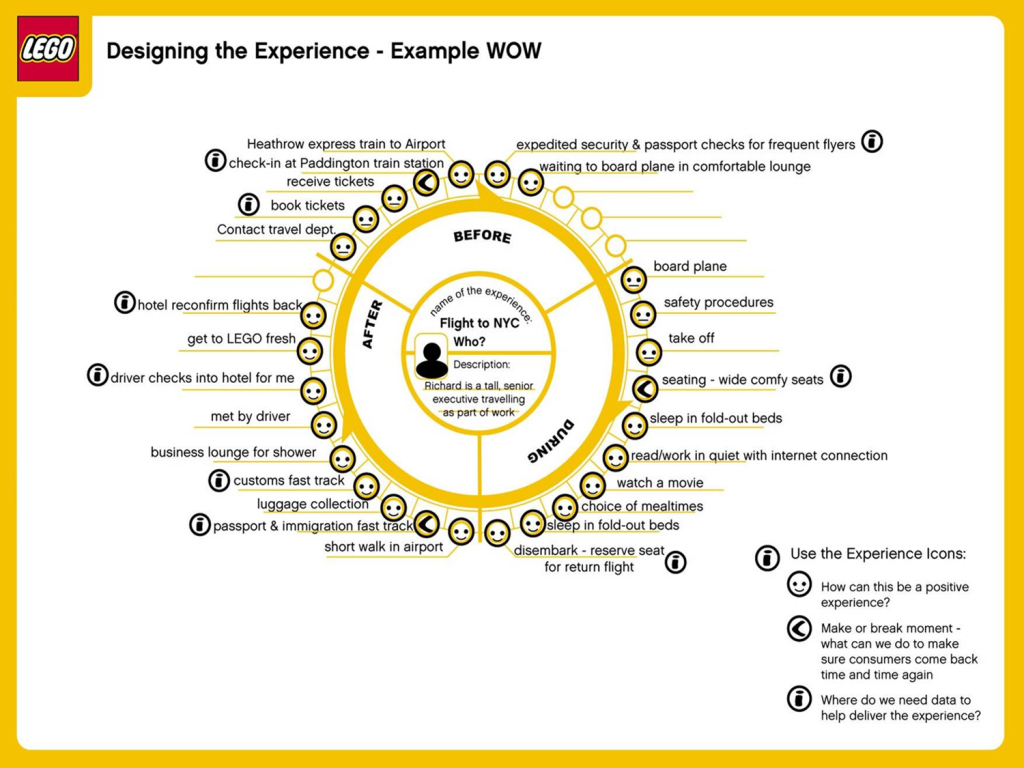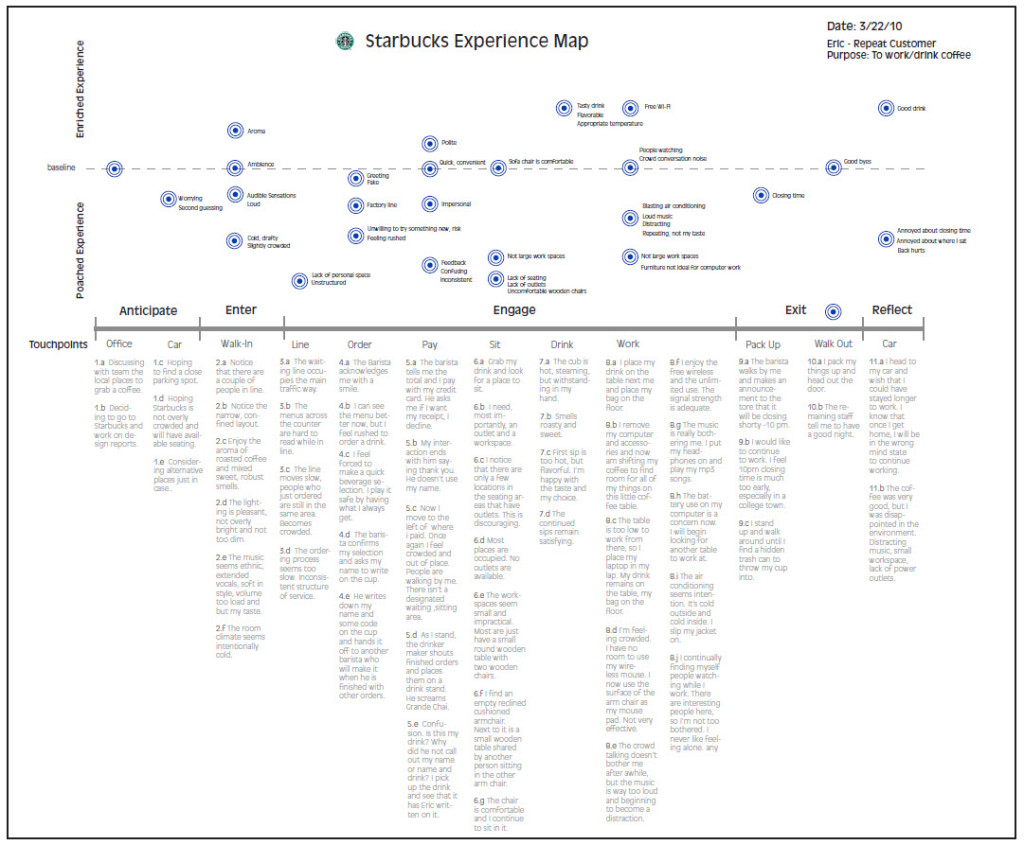I had the great chance to participate in a Customer Journey Mapping Workshop that was moderated by RaySono. I enjoyed it and I really got convinced by this method due to its deep orientation to the customer. I want to share some details about the method and write about the advantages and how it works.
What is Customer-Journey-Mapping?
Companies tend to be too internally focused. As result, they often lose sight of what’s important and relevant for their customers.
A customer journey is an archetypal aggregation of manners into a conceivable process with determined (digital) behavioural pattern.
When customers come in touch with a company’s service or product there might be several points that could have an influence to their perception.

The Customer Journey Mapping is a tool that gives organizations an idea from the customers’ point of view and the opportunity to establish a long-term, intensive relationship. They can reframe discussions from internal operations to customer experiences.
Who are the customers?
The first step towards the customer journey map are personas. Personas are very useful when you don’t have easy access to real users.
The persona defines an archetypical user with specific attributes, an example of the kind of person who would interact with an organization or product.
Actually there might be several personas in a company. It’s important that everybody in the organization has the same understanding of the personas with his/her specific needs.
To create a persona you will need to do some kind of customer research to ensure you truly understand your users. It might make sense to talk with a department in your organization in order to gather important data directly from them or you talk with the product managers whose job is to understand the users.
Once you set up your persona, questions like “How would [Persona X] use this feature?” or “Would [Persona X] even be interested in this?” can start great conversations within your team, getting you to think the way that your users actually would.
What do customers?
Some organizations use demographic data to target their users but they won’t understand what customers care about most or how customers may think and act. So in the best case, you already have real customers whose activities might fit into the pattern of [Persona X]. You can start analyzing the persona’s behavior in the daily life and find out if your company or product already have touch points to the user. Based on that analyzes you can get an abstract pattern of behavior which can be used to create a realistic, concrete journey.
Experience Mapping
Now you do an Analysis of the current situation with all solutions you are already offering. Having the complete Journey you can start to view the world from the user’s eyes. Try to figure out which expectation and experience your Persona feels on every step of the journey. It’s like a small emotional movie. You’re going to get a big picture about enthusiasm and frustration. You will identify broken moments of truth. This map inevitably will show you the areas where you fail to meet your customers´ needs.
Choosing the right layout for your experience map can be quite important. Clarity of your map will depend on choosing the right format. Some Examples:
Opportunity Mapping
As we have now an overview of the customer insight and the existing touch points we are able to detect capabilities of new fundamental approaches or optimization ideas.
Maybe some of the points in the experience mapping already triggered some rough ideas for a new solution. Simply map them to the right moment of the journey and try to describe your idea in a few words. Usually there will be a lot of potential solutions that could have a leverage effect to your product or organization. Maybe you can divide your ideas into two bundles: Enthusiasm Triggers & Frustration Triggers.
Measurement
In the last step try to figure out which are the most important fields of action. Some organizations tend to create long lists of initiatives. Instead of doing such long lists, prioritize the potential improvements that are valuable to both the customer and the company.
 It might make sense to logically weight customer value criteria such as decreased frustration and reduced time to complete a process as well as elements of business value such as increased revenue. So just chart all your potential ideas on a simple matrix and mark the ones with the highest potential impact.
It might make sense to logically weight customer value criteria such as decreased frustration and reduced time to complete a process as well as elements of business value such as increased revenue. So just chart all your potential ideas on a simple matrix and mark the ones with the highest potential impact.
For each idea you just fill out 3 fields:
- [ Persona X ] wants ______________ (What are the expectations)
- We will offer [ Persona X ] ______________ (Describe the solution)
- Our benefits ______________ (Our advantage / value)
What I really want to underline are the Quick-Wins! Try to identify the basic improvements! You can show ROI for the entire customer journey-mapping process just by implementing some simple fixes! It’s not always necessary to start with the big features. Use the Quick-Wins!
Endnote
Organizations can get the most value out of efforts when they treat the customer journey mapping as an ongoing, routinely strategic process rather than a finite project. To be successful, you might need some long-term owners who take an active role in continuing with this mapping process and transform the organization into a customer centricity company. They should use their passion for customer experience to set the tone and to succeed!





Pingback: Customer Journey Mapping - Agile Breakfast Nr. 18 - Sybit Blog
Pingback: Story Mapping - Discover the whole story of your productDominic Krimmer
Pingback: Customer Journey Mapping - Agile Breakfast Nr. 18 - Sybit Agile